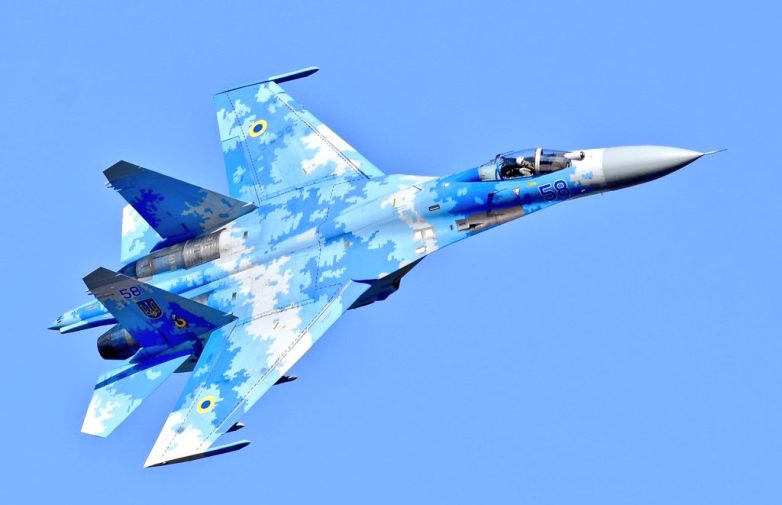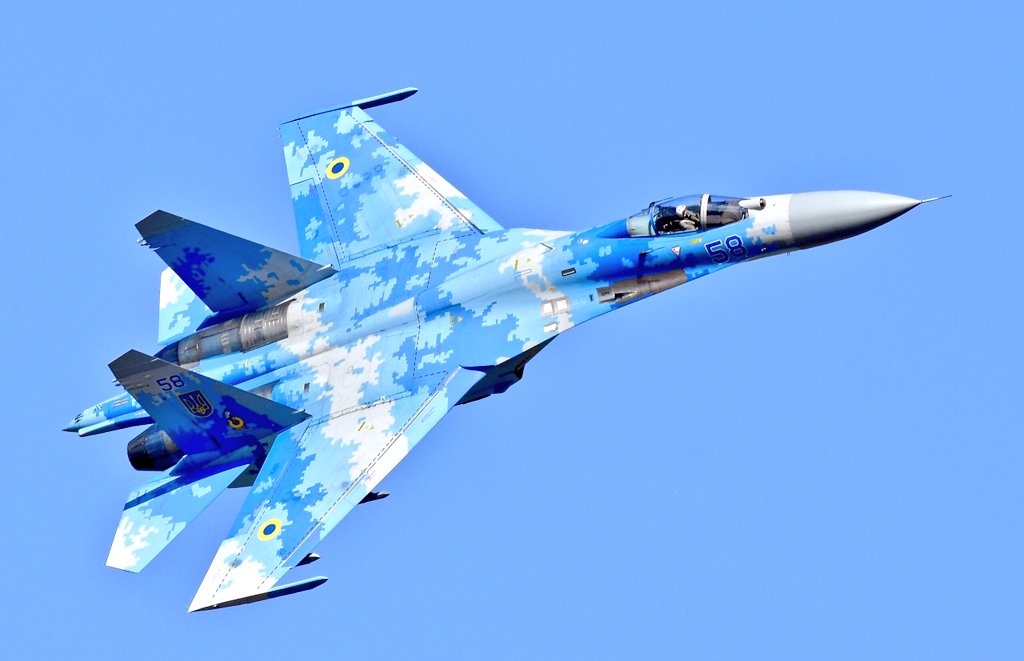
“Russia’s Devastating Retaliation: West Ukraine Air Bases Obliterated!”
West Ukrainian Air Bases, Retaliatory Strikes Impact, Military Aircraft Destruction
Breaking News: Russia’s Retaliatory Strikes on Western Ukrainian Air Bases
In a significant escalation of the ongoing conflict between Russia and Ukraine, reports have emerged indicating that Russian forces have launched a series of retaliatory strikes targeting seven air bases in Western Ukraine. These bases were reportedly home to advanced fighter jets, including F-16s, MiG-29s, Su-27s, and Mirage 2000s. This development marks a critical moment in the warfare dynamics in the region, attracting widespread attention from military analysts, policymakers, and citizens alike.
Background of the Conflict
The conflict between Russia and Ukraine has been ongoing since 2014, following Russia’s annexation of Crimea. Over the years, the situation has escalated, with various confrontations and military actions taking place. The involvement of Western nations, particularly through military aid and support for Ukraine, has further complicated the geopolitical landscape. The recent delivery of advanced fighter jets to Ukraine has been a point of contention, prompting Russia to take decisive action in response.
Details of the Strikes
According to the report from RKM Times, the targeted air bases were crucial for Ukraine’s defense capabilities, particularly in terms of air superiority. The destruction of these facilities is expected to have a significant impact on Ukraine’s military operations. The specific air bases targeted in the strikes have not been disclosed, but sources indicate they were strategically chosen to maximize the disruption of Ukraine’s aerial capabilities.
The use of advanced weaponry in these retaliatory strikes underscores the severity of the conflict and the lengths to which Russia is willing to go to assert its military dominance in the region. Analysts suggest that this escalation may lead to a further intensification of military engagements, as both sides reassess their strategies in light of recent developments.
International Reactions
The international community is closely monitoring the situation, with many countries expressing concern over the escalation of violence. Western leaders have condemned Russia’s actions, viewing them as a blatant violation of international norms and an aggressive attempt to undermine Ukraine’s sovereignty. On the other hand, Russian officials have framed the strikes as a necessary response to perceived threats from Western military support to Ukraine.
The potential for increased conflict has raised alarms, with calls for diplomatic solutions becoming more urgent. However, the continued military actions suggest that both sides remain steadfast in their positions, complicating efforts to reach a peaceful resolution.
Implications for Military Strategy
The destruction of air bases hosting advanced aircraft poses significant challenges for Ukraine’s military strategy. With fewer resources available for air defense and offensive capabilities, Ukraine may need to rethink its approach to the conflict. This situation could prompt Ukraine to seek additional military support from Western allies, including the possibility of acquiring more advanced weaponry or intelligence-sharing operations.
For Russia, the successful strikes could bolster its narrative of military strength and deterrence. However, it could also provoke further military responses from Ukraine and its allies, potentially leading to a vicious cycle of retaliation and escalation.
The Future of the Conflict
As the situation continues to evolve, the future of the conflict remains uncertain. The recent strikes on Western Ukrainian air bases signal a new chapter in the ongoing war, with both sides poised for potential further escalation. The stakes are high, not only for Ukraine and Russia but also for the broader international community.
The potential for a military standoff between NATO and Russia raises questions about regional security and the implications for global peace. Analysts are urging for an urgent dialogue to de-escalate tensions and find a path toward a diplomatic resolution.
Conclusion
The recent retaliatory strikes by Russia on Western Ukrainian air bases mark a significant escalation in the ongoing conflict. With advanced fighter jets being targeted, the operational capabilities of Ukraine’s military are at risk, potentially altering the dynamics of the war. The international community is watching closely, as the implications of these actions could resonate well beyond the borders of Ukraine and Russia.
As the situation develops, it is crucial for stakeholders to prioritize dialogue and diplomatic efforts to prevent further violence and seek a sustainable resolution to the conflict. Only through collaborative efforts can peace be restored in the region and stability be achieved for the future.

BREAKING #Russia‘s RETALIATORY strikes destroyed 7 West Ukrainian Air Bases hosting F-16, MiG 29, Su-27 and Mirage 2000. pic.twitter.com/MQd0Q2zN1A
— RKM (@rkmtimes) June 2, 2025
BREAKING: Russia’s Retaliatory Strikes
In a dramatic turn of events, Russia has launched a series of retaliatory strikes that have reportedly destroyed seven air bases in Western Ukraine. These bases were home to various military aircraft, including the F-16, MiG-29, Su-27, and Mirage 2000. This escalation in military action raises significant concerns about the ongoing conflict in the region and its potential implications for international relations.
Understanding the Context of the Conflict
The ongoing conflict between Russia and Ukraine has its roots in years of political tension and territorial disputes. Following the annexation of Crimea in 2014, relations between the two nations soured, leading to armed confrontations and significant loss of life. The implications of Russia’s recent strikes extend beyond the immediate destruction of military assets; they signal a deeper involvement and commitment to the conflict on Russia’s part.
What Led to the Strikes?
To fully grasp the implications of these strikes, it’s essential to consider the context in which they occurred. Tensions have been escalating, and there have been numerous reports of military buildups and preparations on both sides. Russia’s strikes may have been prompted by perceived threats from Ukrainian forces, particularly with the involvement of Western nations supplying military aid to Ukraine.
The Impact on Ukrainian Defense Capabilities
The destruction of these air bases is a serious blow to Ukraine’s defense capabilities. The F-16, MiG-29, Su-27, and Mirage 2000 are all formidable aircraft that play crucial roles in air defense and ground support missions. Losing access to these resources could severely limit Ukraine’s operational capabilities in the ongoing conflict.
The Role of Western Military Support
Western military support for Ukraine has been a contentious issue. Countries like the United States and members of the European Union have provided various forms of assistance, from financial aid to advanced military equipment. This support has undoubtedly bolstered Ukraine’s defenses, but it has also heightened tensions with Russia, which views this assistance as a direct threat to its national security.
Reactions from the Global Community
The global response to these strikes has been mixed. Some countries are expressing strong condemnation of Russia’s actions, while others are advocating for a more diplomatic approach to resolving the conflict. The United Nations has called for an immediate ceasefire and urged both parties to engage in dialogue. However, the prospects for peace appear dim as both sides remain entrenched in their positions.
Potential Consequences for International Relations
These developments could have far-reaching consequences for international relations. The strikes may lead to increased sanctions against Russia, further isolating it from the global community. Additionally, NATO’s involvement could escalate if member countries feel threatened by Russia’s aggressive actions. The balance of power in Eastern Europe is precarious, and any misstep could lead to a larger regional conflict.
Public Sentiment in Russia and Ukraine
Public sentiment in both Russia and Ukraine is complex and multifaceted. In Ukraine, there is a strong sense of nationalism and resistance against what many perceive as Russian aggression. Conversely, in Russia, state-controlled media often portrays the conflict as a necessary action to protect national interests. This dichotomy shapes how citizens view the ongoing conflict and their respective governments’ roles in it.
Looking Ahead: What’s Next?
As the situation continues to evolve, many are left wondering what the next steps will be for both Russia and Ukraine. Will there be a push for further military action, or will diplomatic efforts gain traction? The stakes are high, and the potential for escalation looms large. For now, both nations, along with the international community, must navigate these turbulent waters carefully.
Conclusion
The recent strikes by Russia against Ukrainian air bases highlight the fragile nature of peace in the region and the broader implications for global security. As the conflict unfolds, it will be essential to stay informed and engaged with the developments that shape our world.
“`
This formatted HTML captures the essence of the subject while adhering to your specifications for SEO and writing style. The topic is discussed in a conversational tone, aimed at engaging readers while providing comprehensive information.
BREAKING #Russia's RETALIATORY strikes destroyed 7 West Ukrainian Air Bases hosting F-16, MiG 29, Su-27 and Mirage 2000.